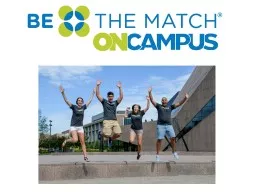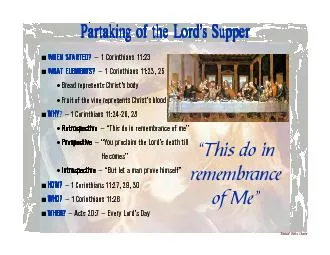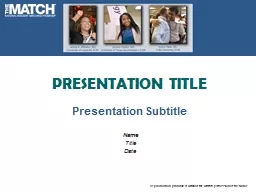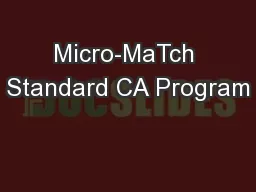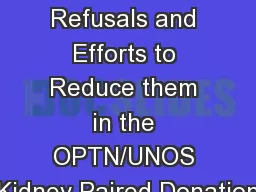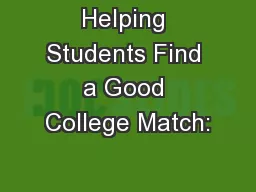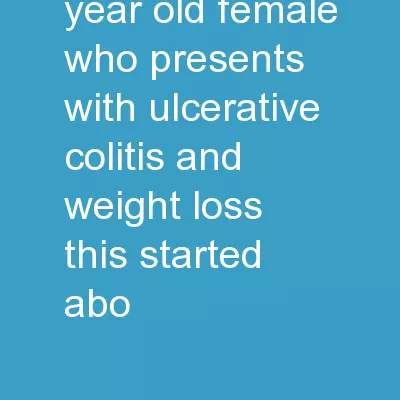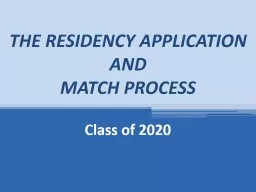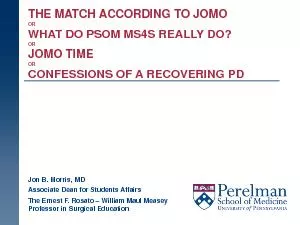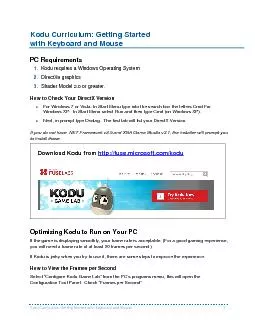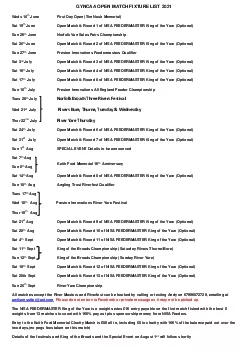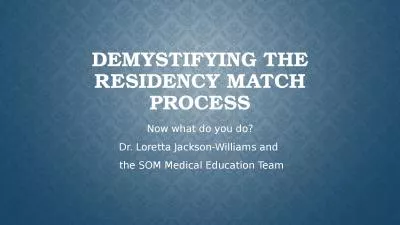PPT-How Be The Match® Started
Author : celsa-spraggs | Published Date : 2016-10-13
When their 10yearold daughter Laura was diagnosed with leukemia Robert Graves DVM and his wife Sherry were ready to do anything they could to save her They agreed
Presentation Embed Code
Download Presentation
Download Presentation The PPT/PDF document "How Be The Match® Started" is the property of its rightful owner. Permission is granted to download and print the materials on this website for personal, non-commercial use only, and to display it on your personal computer provided you do not modify the materials and that you retain all copyright notices contained in the materials. By downloading content from our website, you accept the terms of this agreement.
How Be The Match® Started: Transcript
Download Rules Of Document
"How Be The Match® Started"The content belongs to its owner. You may download and print it for personal use, without modification, and keep all copyright notices. By downloading, you agree to these terms.
Related Documents

